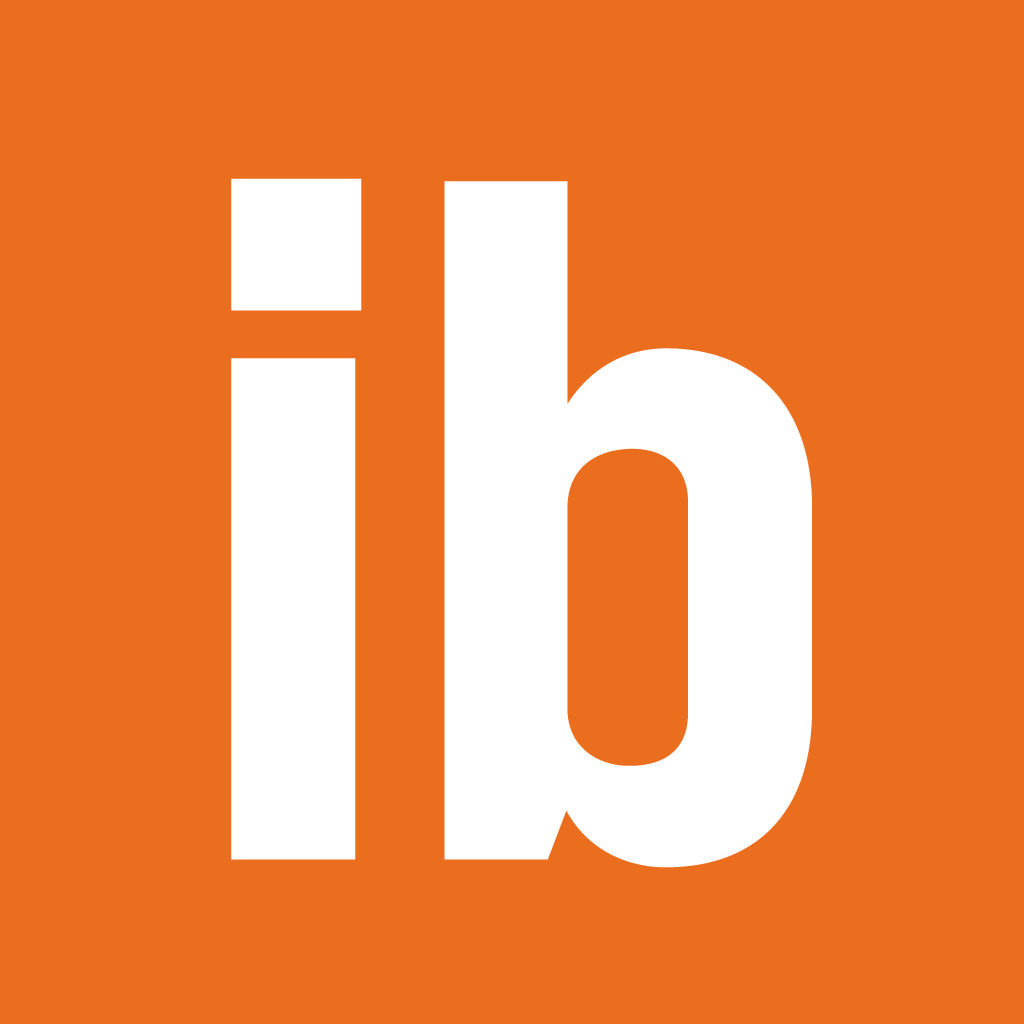Thinking of buying a home?
GO YOU! Homeownership comes with many benefits like the opportunity to build equity, increase your net worth, and, of course, the power to choose your wall colors.
It’s important to be aware of the potential risks too.
If your mortgage payment is too high, it can leave you strapped for cash, put your loan in default, and worst-case scenario, lead to foreclosure.
But don’t fret! You can mitigate these risks by planning wisely and purchasing a wonderful home that fits your means.
How do you determine the amount of home you can afford?
According to the Federal Deposit Insurance Corporation (FDIC), a general guideline is that you can afford a mortgage of two to three times your household income. For example, if your annual income is $60,000, you might be able to afford a mortgage of $120,000 to $180,000.
Now, just because you may qualify for that amount, it doesn’t mean you’ll be comfortable with the monthly payments. You need to consider your personal circumstances. For example, what other loans are you paying off?
"As a lender, we'll evaluate your debt-to-income ratio, also called DTI, as a part of our approval process. This ratio compares your monthly expenses to your monthly gross income." Angela Stephens, VP of Home Lending.
Lenders typically require your housing expenses, also known as the “PITI” (principal, interest, taxes, and insurance), to be less than 25 to 28% of your monthly gross income. So, if your monthly gross income is $5,000, your mortgage payment should be $1,400 or less ($5,000 X 28% = $1,400). This is known as the “front-end ratio.”
On the other hand, there’s the “back-end ratio,” where lenders consider your housing expenses plus long-term debt (e.g., other loans). They usually require this ratio to be less than or equal to 33 to 41% of your monthly gross income. For example, if your monthly gross income is $5,000, the combination of your mortgage payment and other long-term debt should be no more than $1,800 ($5,000 X 36% = $1,800).
How is a monthly mortgage payment calculated?
Here’s the breakdown: Principal + Interest + Mortgage Insurance (if applicable) + Escrow (homeowner’s insurance and tax) + Homeowner’s Association fees (if applicable) = Total Monthly Payment.
While the principal and interest payments usually remain the same (provided you regularly make your payments on time), the escrow cost can change. For example, if your home’s value increases, your property taxes may go up from one year to the next.
When reviewing mortgage offers, be sure to consider the total monthly payment listed on the estimates you receive.
What other expenses should you consider?
In addition to your mortgage payment, you must factor in other monthly costs. "Don’t forget about other expenses, such as vehicle loan payments, childcare, groceries, and fuel, as well as discretionary costs like TV, subscriptions, dining out, and entertainment." Angela Stephens, VP of Home Lending
Give prudent thought to what your budget will be like after purchasing your home. Be sure your plan aligns with your savings goals and allows some wiggle room for emergency costs.
Use our Home Budget Calculator to gain a holistic view of your financial situation: www.incrediblebank.com/calculator/home-budget
Is there any way to lower your initial mortgage payment?
Yes. For starters, you might consider making a larger down payment, if you’re able.
Putting at least 20% down allows you to bypass Private Mortgage Insurance (PMI). PMI rates vary based on several factors (e.g., loan amount, down payment, credit score, loan-to-value ratio, and loan term), but avoiding these payments can save you significantly.
Another option is to go with an Adjustable-Rate Mortgage (ARM), which may have a lower initial interest rate than a fixed-rate mortgage. (NOTE: With an ARM, your rate can change periodically throughout the life of your mortgage, depending on your loan’s structure.)
Ultimately, choosing the right home and mortgage loan depends on your current situation, lifestyle, and financial goals.
Are you ready for the next step?
Whether you’d like guidance from a pro, or you’re ready to fly on your own, starting the process is easy!
Get Pre-ApprovedApply NowTalk to a LenderCheck Today's Rates
SOURCES:



